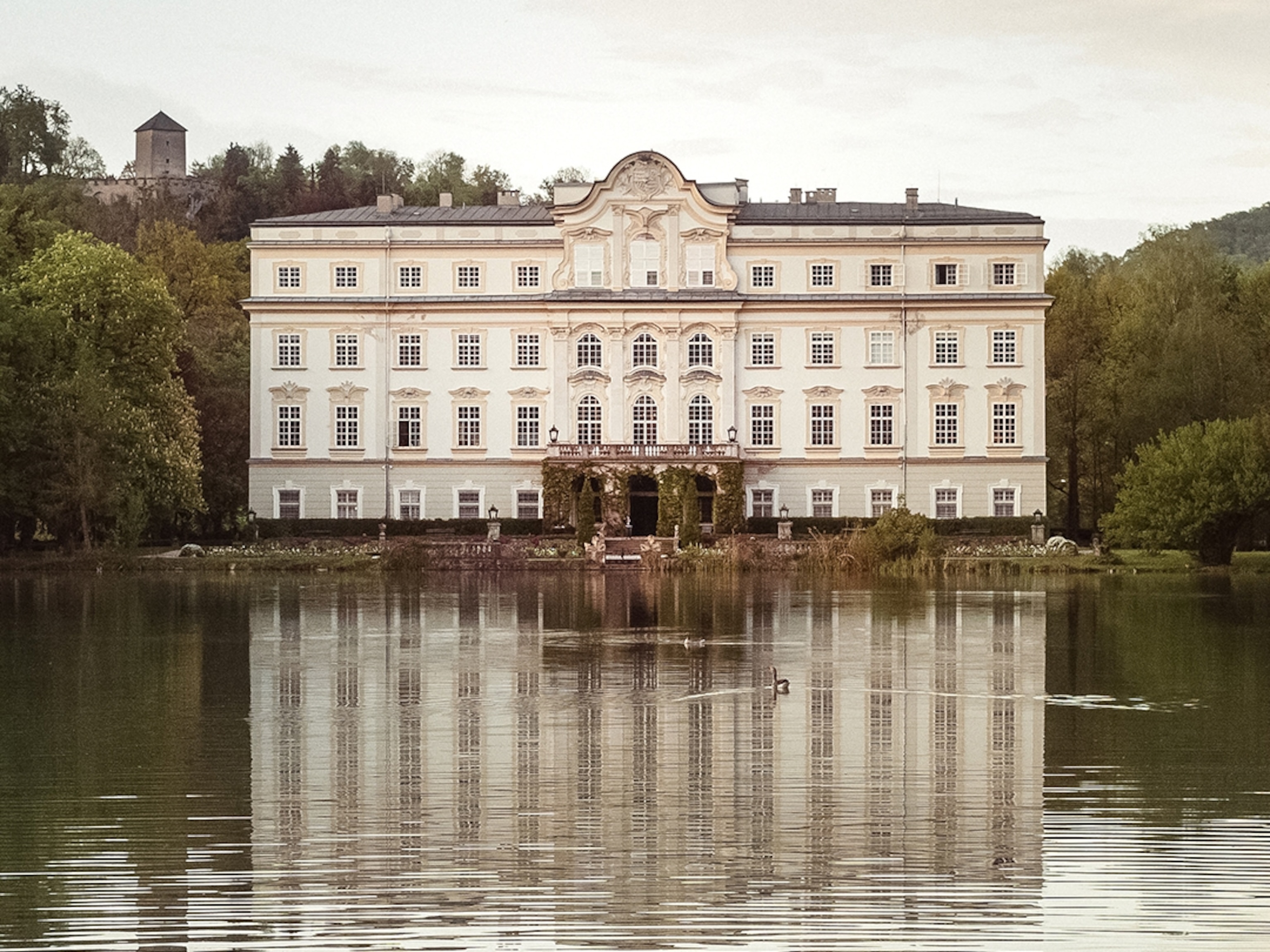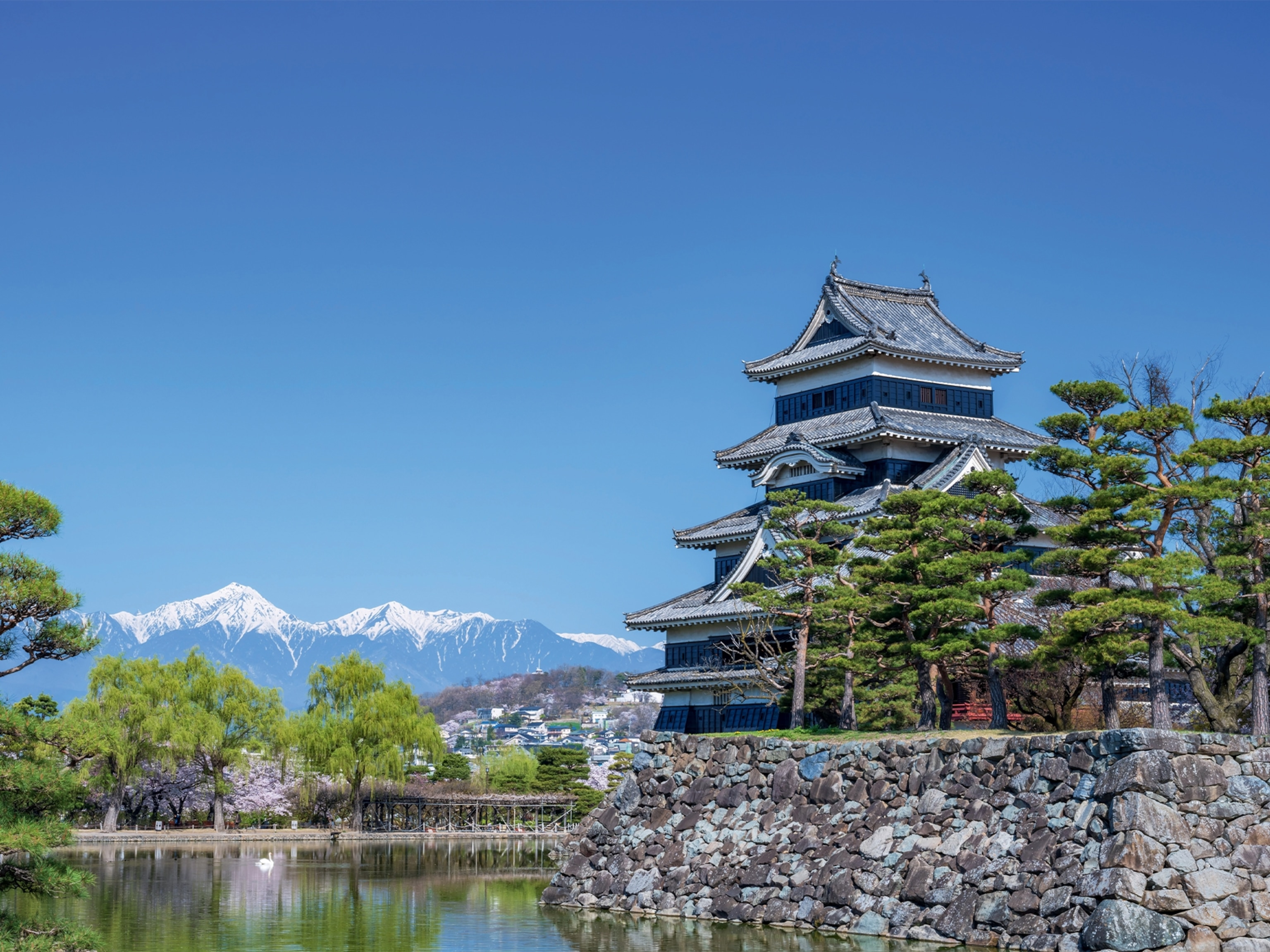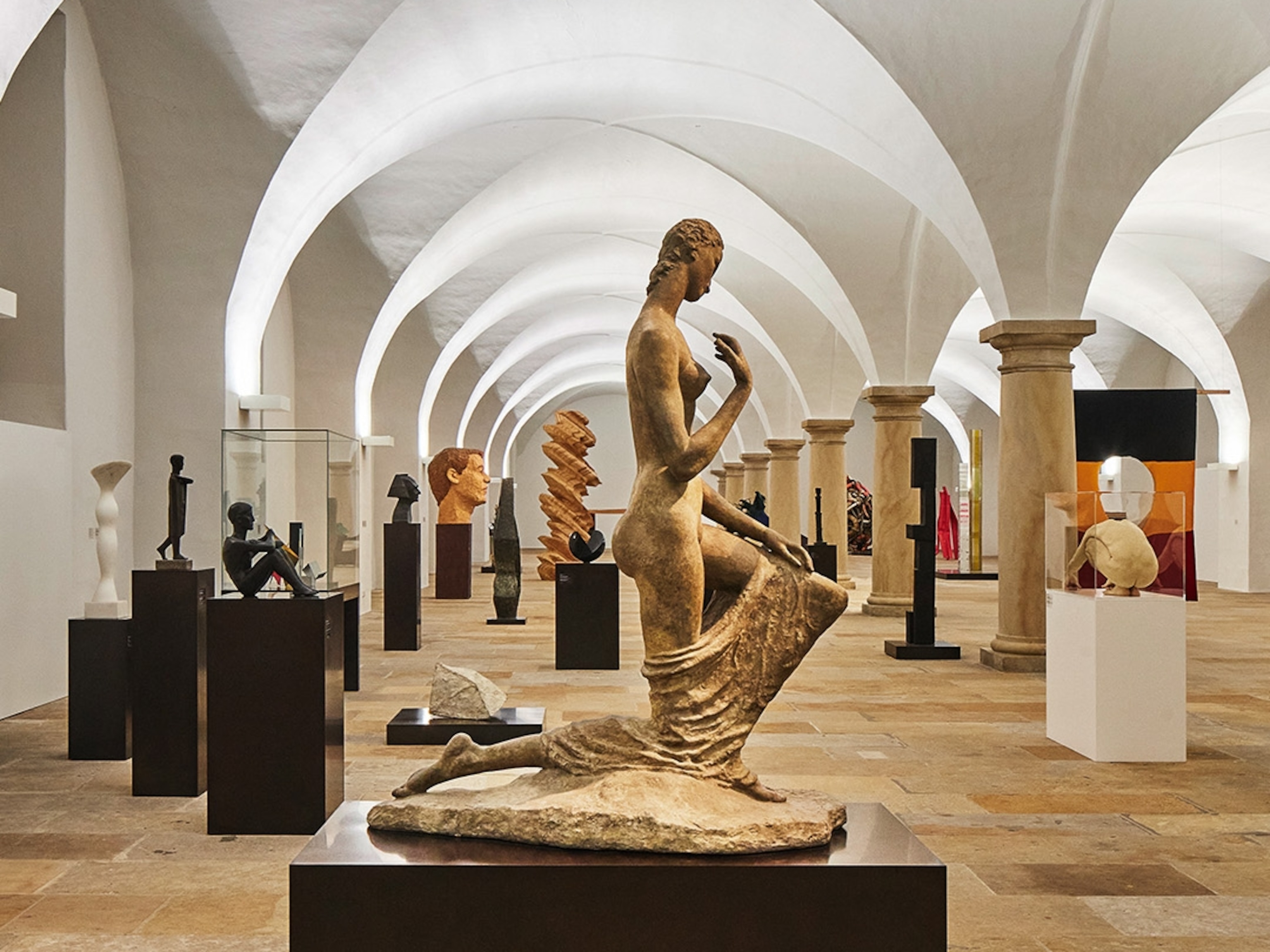It's the 100th anniversary of The Great Gatsby and New York is ready to party, old sport
A hundred years after The Great Gatsby shone a light on extravagant Long Island mansions and secret speakeasies, the spirit of the Roaring Twenties is returning to New York.
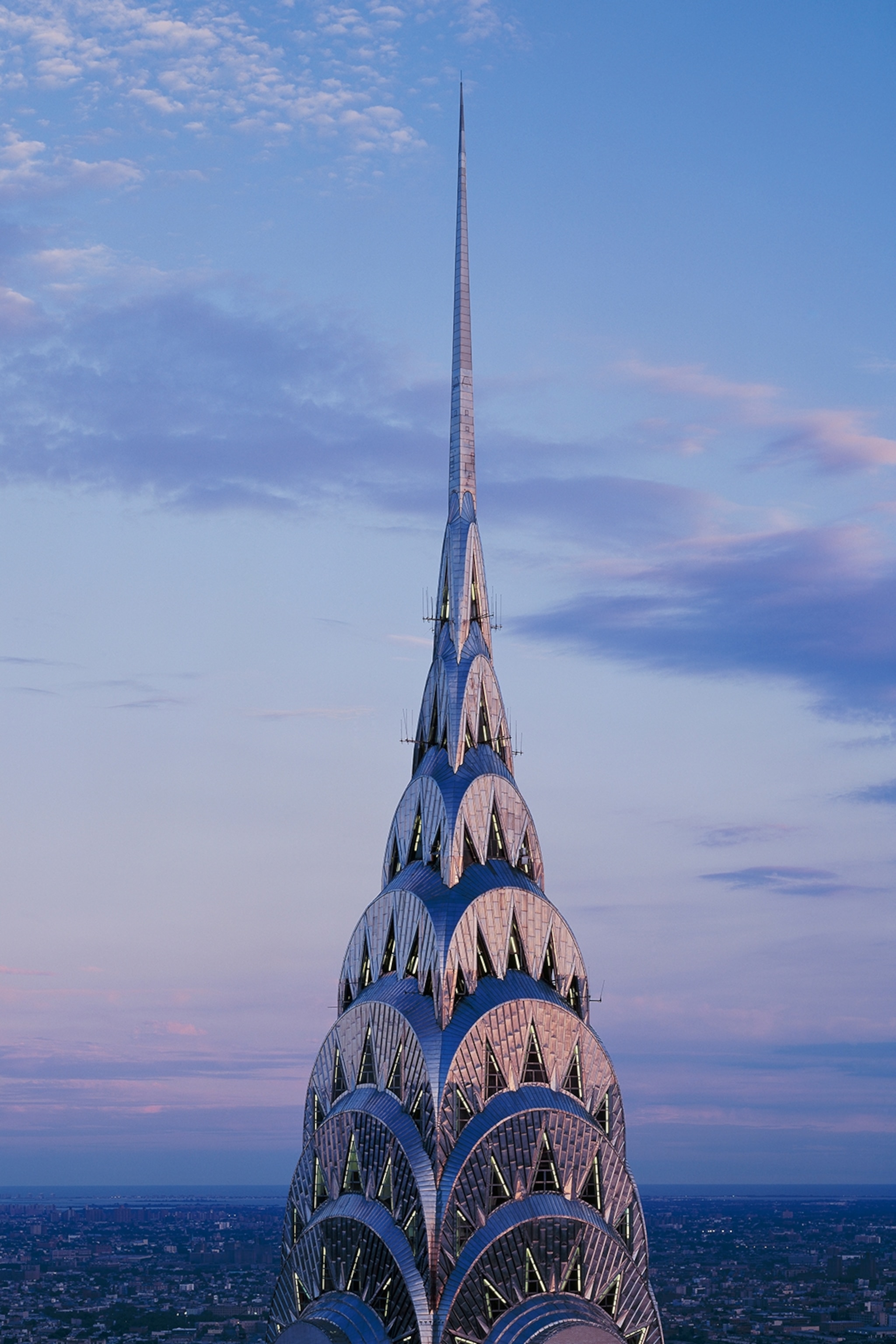
It’s late morning in Harlem and the jazz brunch at Minton’s Playhouse is in full swing. Cocktails are flying out across the polished mirrored bar, as up on stage a spotlit singer croons over an Ella Fitzgerald number. Behind her are framed photos of the jazz greats who once jammed at this legendary nightclub, including Billie Holiday and Dizzy Gillespie. To glance around the low-lit room, filled with chatter and jive, feels like stepping into New York’s storied past — back to a time when speakeasies were jumping with live music, and bobbed hair and bow ties were the uniform of choice.
I’ve come to Minton’s Playhouse to meet with Michael Arenella, a musician and bandleader who’s reinterpreted New York’s Jazz Age for a new generation. It’s a period closely associated with The Great Gatsby,
F Scott Fitzgerald’s cult-classic novel from 1925, which turns 100 this year. Set in New York state, and waltzing between the clandestine rumble of the city and the plush opulence of Long Island, the story charts the rise and fall of the mysteriously wealthy Jay Gatsby. Taking place during Prohibition, the period between 1920 and 1933 when the sale of alcohol in the US was illegal, the novel pulls back the velvet curtain on the stylish soirees and drunken extravagances that carried on regardless, to a spiffy score of jazz music.
(During Prohibition, Harlem night clubs kept the party going.)
The Great Gatsby novel wasn’t a runaway success initially, selling around 20,000 books in the entire first year of publication. It’s since sold around 30 million copies.
With his hair artfully sculpted into a slick side parting, a neatly pressed handkerchief poking from his breast pocket and cream linen trousers that wouldn’t look out of place in Jay Gatsby’s wardrobe, Michael appears every inch the dapper gentleman. He requested that we meet at this Manhattan jazz institution because it holds a special place in his heart, Michael tells me when he arrives.
“This place is really the last link to the Harlem Renaissance,” he says, in reference to the era spanning the 1920s and 1930s when African American literature, fashion and music — particularly jazz — flourished in the city. Having been shuttered for decades, in 2006 Minton’s Playhouse reopened its fabled doors. Then in 2023 it was designated a protected landmark due to its cultural significance.
Jazz has been the pulsating soundtrack of this city for a century, Michael stresses. “It epitomises New York, as the music of spontaneity, evolution and frenetic energy.” Although jazz is no longer the pop music of America, as it was during its heyday, a vibrant scene still exists in the city. “A lot of young people are now passionate about it and there are still venues where you can hear it being played live. I play every week with my quintet at the Clover Club and there’s also a great cellar bar in the Village called Smalls Jazz Club, where you can catch sets most nights,” he says.
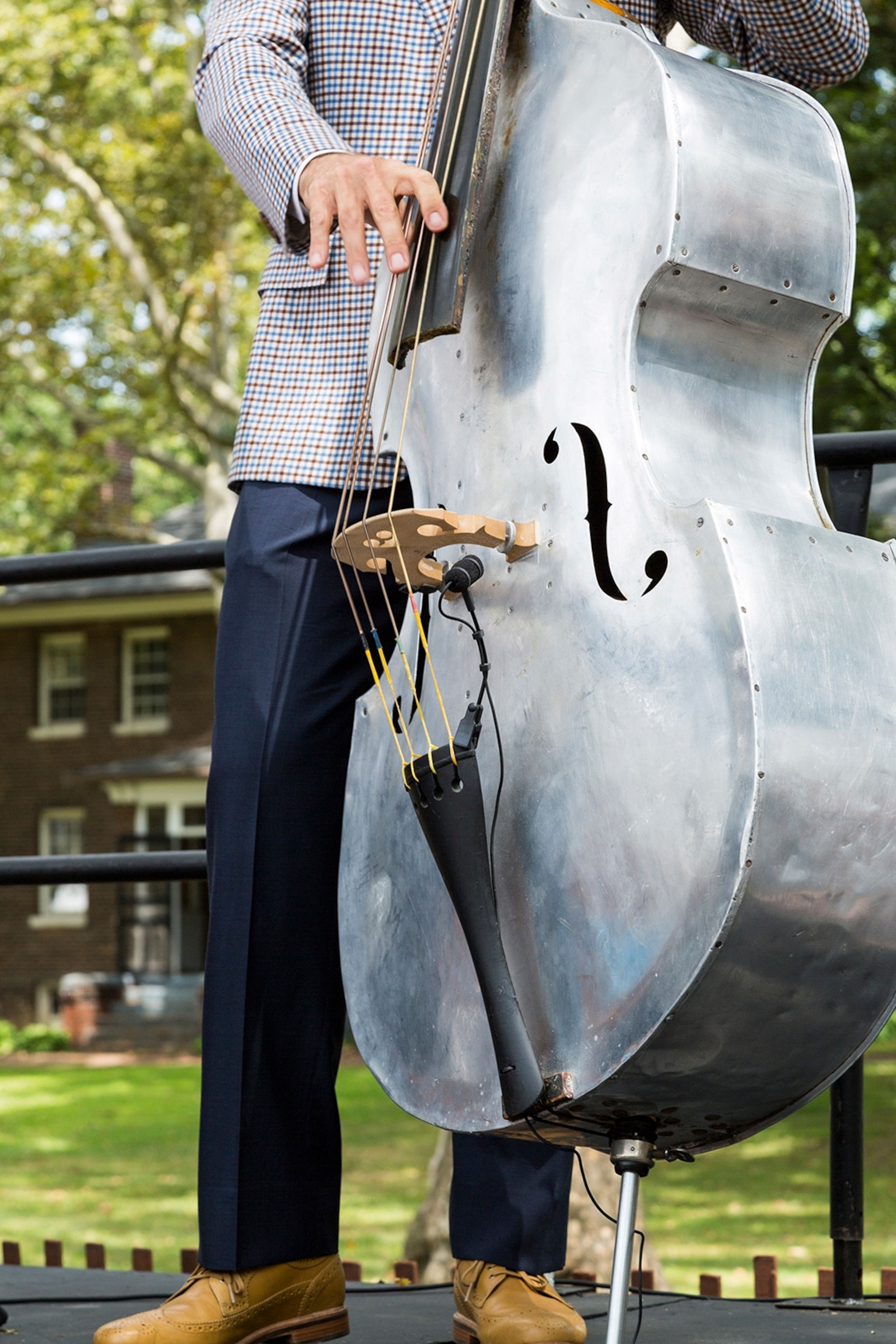
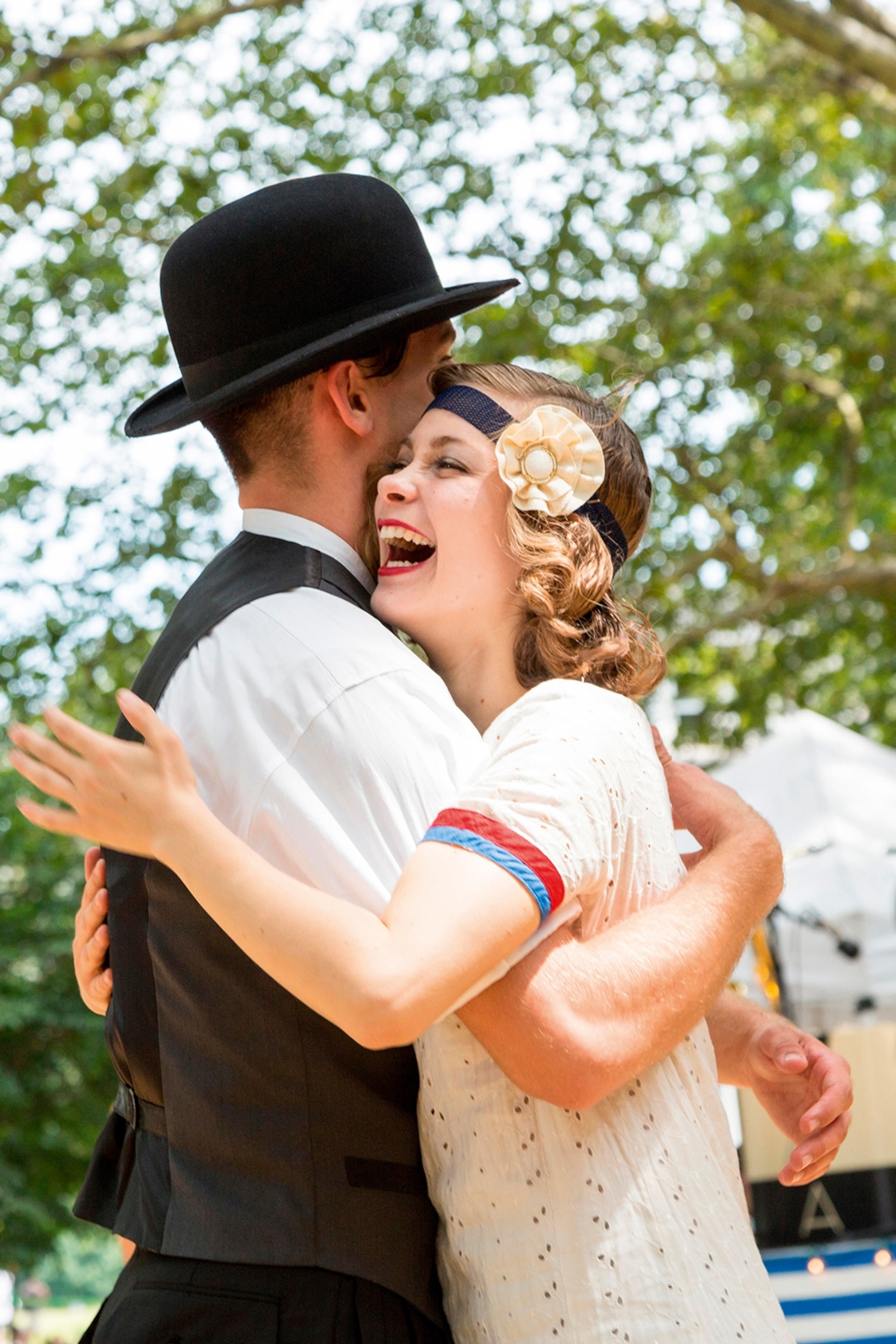
Twenty years ago, Michael decided to rally together a “rag-tag group of vintage aficionados” and throw his first Jazz Age Lawn Party on New York’s Governors Island. This highlight of the summer season is a Roaring Twenties-style event, now held over two separate weekends and attracting more than 10,000 partygoers.
“Everyone likes to talk about Gatsby’s parties. This is what it would have been like to receive an invite to his mansion,” Michael says. “People are getting tipsy, dancing the Charleston in their bias-cut flapper dresses and trying to outdo each other with their fancy picnics,” says the debonair musician with a smile, as we leave the tinkling pianos of Minton’s Playhouse behind to walk along one of Harlem’s tree-lined avenues.
Gatsby’s era has left its fingerprints all over the city, historian Kevin Draper tells me when we meet later that afternoon outside the Rockefeller Center. “Somehow it was one of the biggest party decades of the century, yet alcohol was banned.” The founder of New York Historical Tours, Kevin is taking me to what was once New York City’s most notorious speakeasy, the 21 Club. It’s tucked behind an ornate black gate on 52nd Street, once known as Swing Street due to its wealth of hopping jazz clubs. After it was raided by the police in 1930, the owners created an illicit system of secret doorways and hidden wine cellars.
(Prohibition's history on its 100th anniversary.)
Clandestine bars
It’s estimated there were anywhere between 20,000 and 100,000 illegal speakeasies operating in New York City alone during Prohibition.
“There was even shelving on the bar where you’d hit a switch and bottles would disappear down a chute into the basement, should the place be raided again,” Kevin explains. The follow-up raid never materialised at the 21 Club, and its legacy lived on. Baseball player Joe DiMaggio would bring actress Marilyn Monroe here on dates and Michael Douglas and Charlie Sheen filmed scenes for Wall Street here. Sadly, the 21 Club closed its gilded doors for good during the pandemic, although there are whispers of a revival from its owners — minus the bootleggers and bathtub gin this time.
Leading the way
A century ago, a sense of optimism danced in the air as the US was starting to discover its own swaggering identity, says Kevin, as we walk inside the Hotel Edison near Times Square. It’s an art deco hotel that opened in 1931 and features an indulgence of Jazz Age murals in the lobby. “It was no longer about looking towards Europe for our culture. A flip had happened where the world started watching America and suddenly there was jazz music playing in Parisian cafes. New York was really at the heart of it all, as the financial capital of the US,” he explains, as we gaze up at a painting depicting Harlem musicians.
“I see a lot of parallels between the 1920s and today,” Kevin reflects. “A pandemic [Spanish influenza] was fading away, people were returning to the cities, women’s rights were being discussed and there was also this sense of excitement for the future.” I leave Kevin on the corner of Fifth Avenue and head onwards towards my glitzy digs for the night.


The Plaza hotel has stood proudly by the leafy entrance of Central Park since making its debut in 1907. It received a starring role in The Great Gatsby, when, one stifling hot afternoon, Gatsby, Daisy Buchanan, her husband Tom, upper-crust athlete Jordan Baker and the book’s narrator Nick Carraway check into a ‘swell suite’ for an emotionally charged showdown, accompanied by mint julip cocktails and the sound of muffled chords escaping from the ballroom below.
Not too much has changed at this grand dame of a hotel since The Great Gatsby’s author Fitzgerald was a regular here, fondly declaring that “nothing unimportant ever happens at The Plaza”. However, in more recent years a flamboyant 1920s-themed suite has been added, which I imagine Fitzgerald would have raised a glass of something bubbly to.
Designed by Oscar-winning set designer Catherine Martin, collaborator and wife of Baz Luhrmann, who directed the 2013 blockbuster The Great Gatsby, the one-bedroom suite is situated on the 18th floor. A white-gloved butler eases open the gold decorative door for me, revealing a treasure trove of art deco furnishings and knowing Gatsby references.
A silver polo trophy dazzles on a shelf, engraved with Tom Buchanan’s name, beside framed photos of Fitzgerald and his wife Zelda, and an antique gramophone that looks ready to spring to life at any moment playing the Beale Street Blues. I sink into the opulent bed and drift off to sleep beneath a twinkling, kaleidoscopic chandelier, just as the protagonist Gatsby may have done, had his own visit to The Plaza ended a little less abruptly.
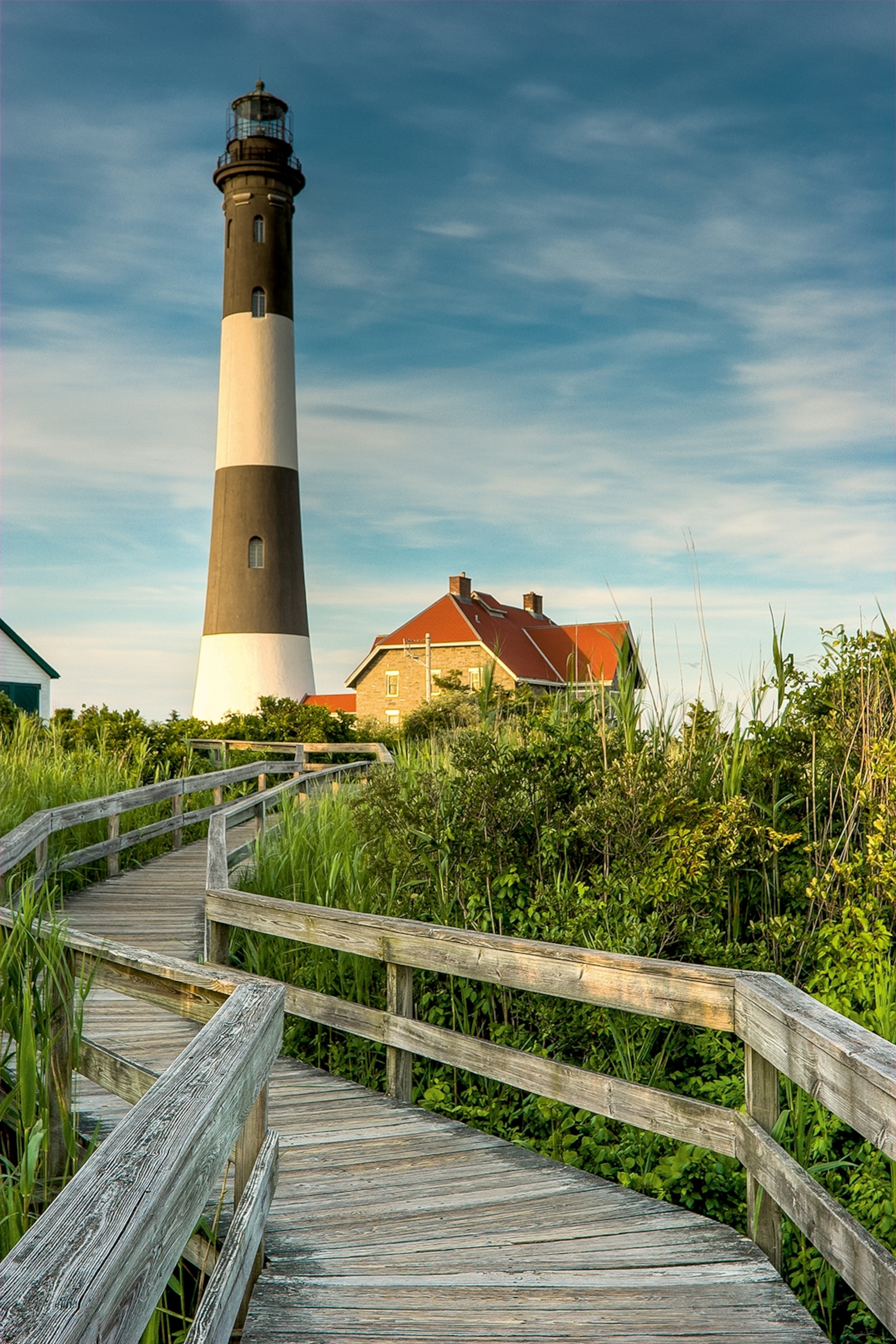
The next morning, I board the train to Long Island, a 118-mile stretch of land extending into the ocean in southeastern New York, which Fitzgerald described as “that slender riotous island”. It was here on Long Island’s North Shore that Gatsby spent a long, hazy summer rattling around in his enormous palace, throwing increasingly outrageous parties in the hope of attracting the attention of the flighty socialite Daisy Buchanan.
Director Baz Luhrmann also spent a summer on Long Island, checking out its country homes while researching his 2013 film adaptation of the novel. I follow in his footsteps by calling in at the Vanderbilt Museum. This stately pile from the Gilded Age was the home of one of America’s wealthiest families, who collected the spoils of their grand tour travels to display like an enormous cabinet of curiosities.
I browse the archives, which include a 32ft-long whale shark suspended from the ceiling and an Egyptian mummy, snapped up from a shop in Cairo in 1932. The mansion’s saltwater swimming pool, glistening through the window, is now painted as green as a jungle and crowned with a spouting fountain, thought to have influenced the design of Leonardo DiCaprio’s onscreen pool when he played Gatsby in Luhrmann’s movie.
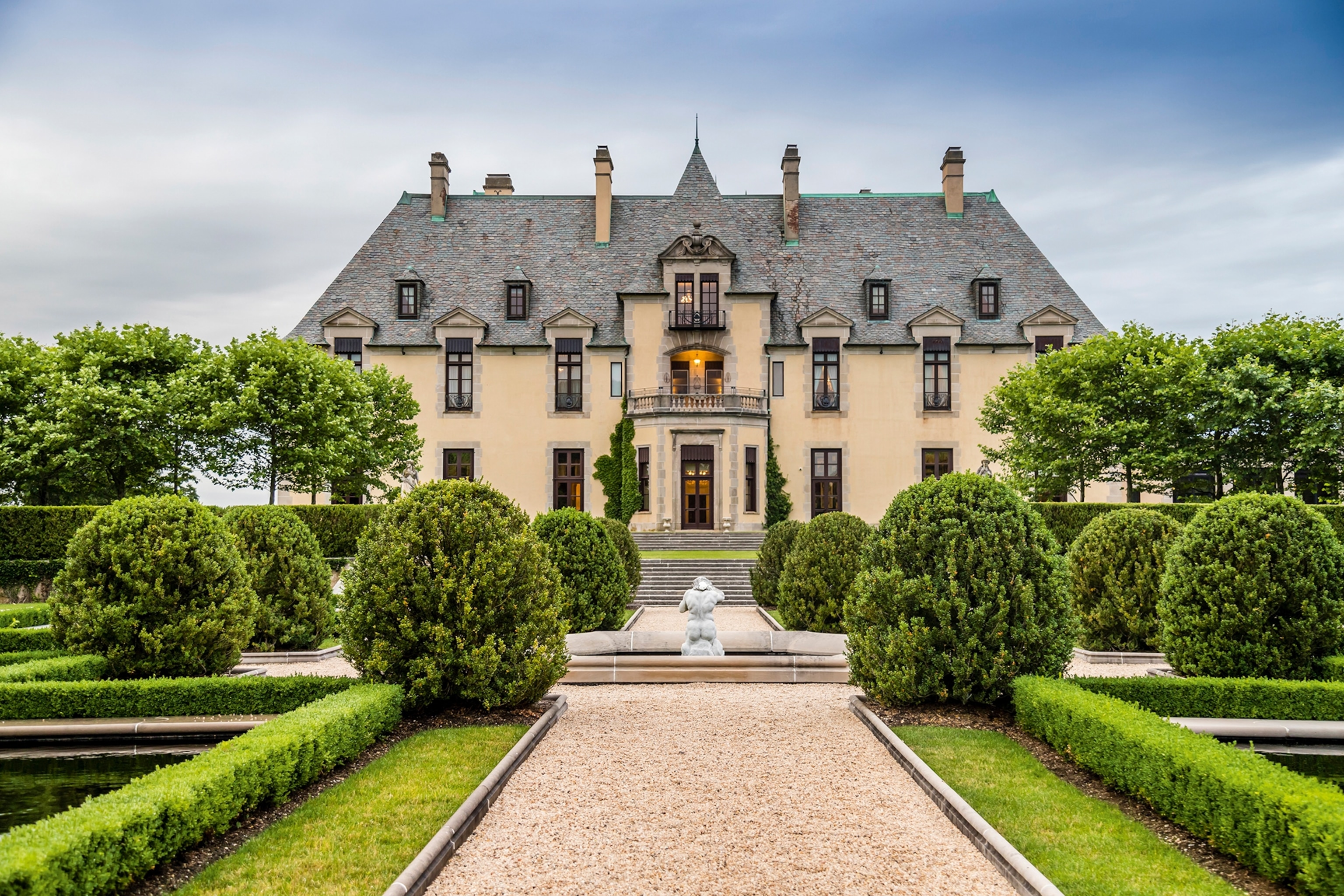
But it’s Oheka Castle, 10 miles away on Long Island’s North Shore, which is credited as the main inspiration for Gatsby’s splendid movie mansion. My taxi crunches along the sweeping gravel pathway lined with red cedar trees to stop before what was the second-largest private home in America. Once the residence of Otto Kahn, a self-made millionaire with a taste for the high life, construction on the mansion began in 1917 and was modelled on a French chateau. It has since been revived as a hotel with 34 guest rooms, and is now favoured as a wedding venue and open to visitors for guided tours.
It’s easy to picture Gatsby living the American Dream in this grandiose setting, reclining in a marble clawfoot bath, gazing out upon the manicured gardens where 10 reflective pools are dotted with Grecian statues, or slipping through the concealed doorway disguised as a wooden bookcase in the estate’s handsome library.
His creator, Fitzgerald, must have also had this same vision, while attending wildly lavish parties at Oheka Castle, where the world and its mistress — plus the actor Charlie Chaplin and the legendary director Orson Welles — came to down gin rickeys clinking with ice.
These days, the revellers are all long gone. But their glamorous ghosts still haunt contemporary New York, hiding in the shadows of its hopping jazz joints, art deco temples, ritzy hotels and Long Island mansions. You just have to know where to find them, old sport.
To subscribe to National Geographic Traveller (UK) magazine click here. (Available in select countries only).



